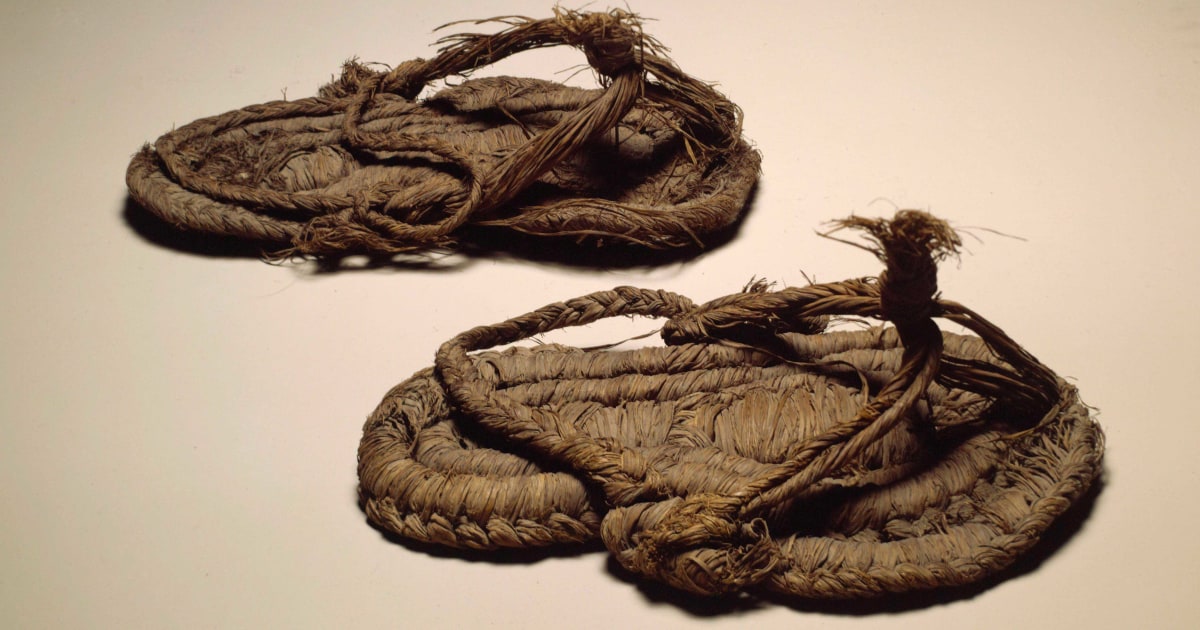- Joined
- Jun 21, 2003
I would also say that what we have now is better than what we had in the past.Still, I guess, even if not perfect, it would be much much better that what we have now.
As for AI, a separate judges' body, etc. -- money, money, money. Figure skating does not have the resources of the majpr team sports, or of a big revenue sport like tennis, or even golf. I think we will have to be content with whatever incremental improvements we can come up with.




 ), that at the time of these composers, "the public" (for lack of a better word) thought of the classical composers as serious art and not as entertainment.
), that at the time of these composers, "the public" (for lack of a better word) thought of the classical composers as serious art and not as entertainment. what, if anything, makes ballet art and the complex but the repeated steps of English folk dance not? (Me, I think nothing)
what, if anything, makes ballet art and the complex but the repeated steps of English folk dance not? (Me, I think nothing)
